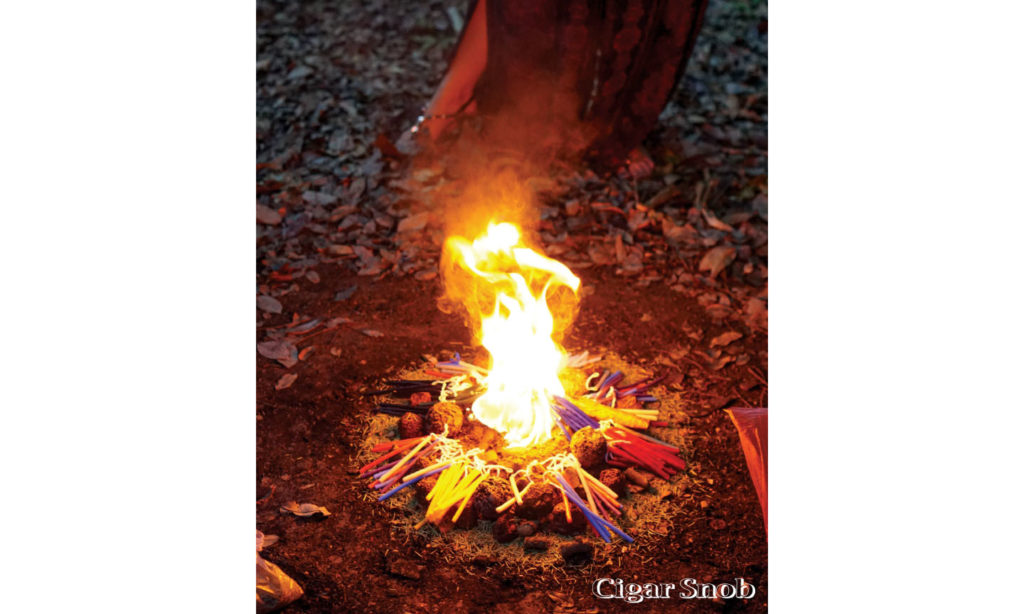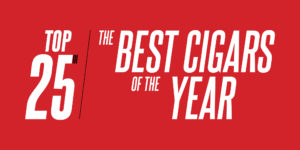Finding a deeper connection to tobacco through an ancient Mayan ritual
Words and photos by Erik Calviño
The Mayan shaman handed me two rustic cigars in preparation for the ritual. They were the kind of cigars that you would have made before the advent of the cigar press, the simple machine that combined with a mold gives premium cigars their more definitive and consistent shape. The cigars were loosely packed with naturally sweet, under-fermented tobacco and they were a central component in the Mayan ritual of the sacred fire.
There is something transformative and magical about being in the jungle. From the moment you leave the comfort of civilization and take in the lush scenery, hear the sound of distant howler monkeys, and breathe in the oxygen-rich air, you are at once grounded. It’s a sensation that is difficult to describe but feels very real. You get the sense that you are alive and exactly where you belong. I’ve felt something similar before. I couldn’t explain it, but when I set foot in the town where my grandfather was from in northern Spain, I felt at home walking through the cobblestone streets of that place I had never been to. The jungle in the Petén region of Guatemala gave me a similar sensation, but not because I have a connection to the specific place. I have no family connection to Guatemala, but I felt that profound and primal connection to my immediate surroundings. It was different, powerful, and intensely invigorating.
I came here in search of a deeper connection to tobacco. I was looking for a more primitive link, something beyond what I already enjoy thanks in part to having been born in Cuba and working in the premium cigar business. My modest goal was to climb to the top of a Mayan temple, smoke a cigar at sunset, and go from there.
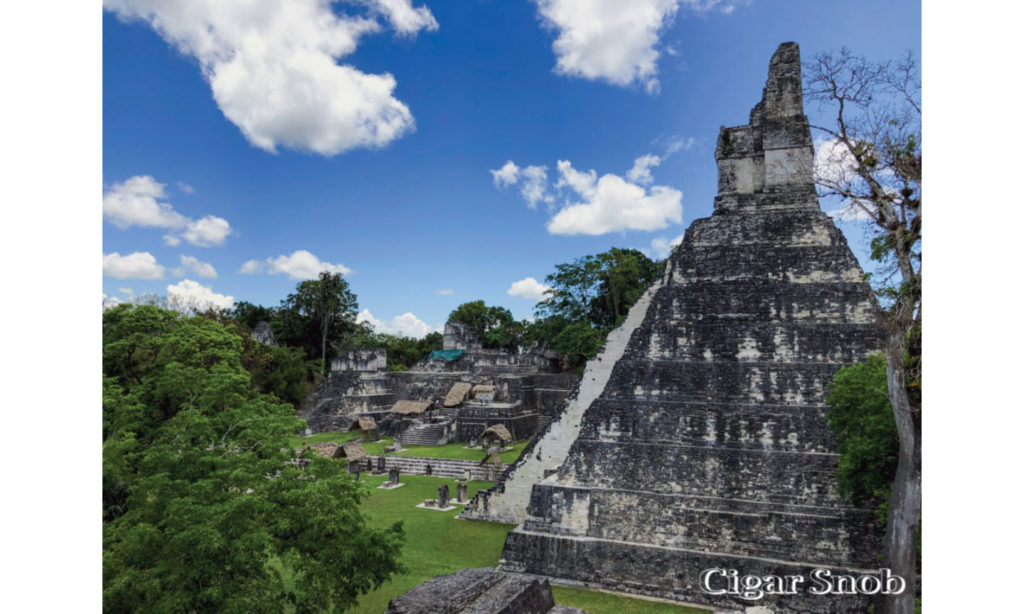
So on my first day in this area known for its rich Mayan history, I signed up for an excursion out to Yaxhá (visityaxha.com), the area’s third largest archeological site. The city of Yaxhá reached its peak in power and population around A.D. 250-600. We walked through what was the ancient city’s main thoroughfare, passing pyramids, ball courts, residential complexes, and palaces on our way to the main temple on the East Acropolis, Temple 216. When I arrived at the top of the 100-foot-tall temple and caught my breath, smoking a cigar felt somehow out of place and forced, so instead I opted to simply take in the sunset in silence. On this particular day, the view as the sun dipped into Lake Yaxhá was nothing short of awe-inspiring. On the walk back through the national park, our guide Gelver explained that the connection I was looking for could be found in the ritual of the sacred fire. I was instantly sold on the idea and although most of the others in the group had zero interest in cigars or smoking, they eagerly leapt at the chance to take part in this unique ritual. Gelver made arrangements for the ritual to take place the following evening.
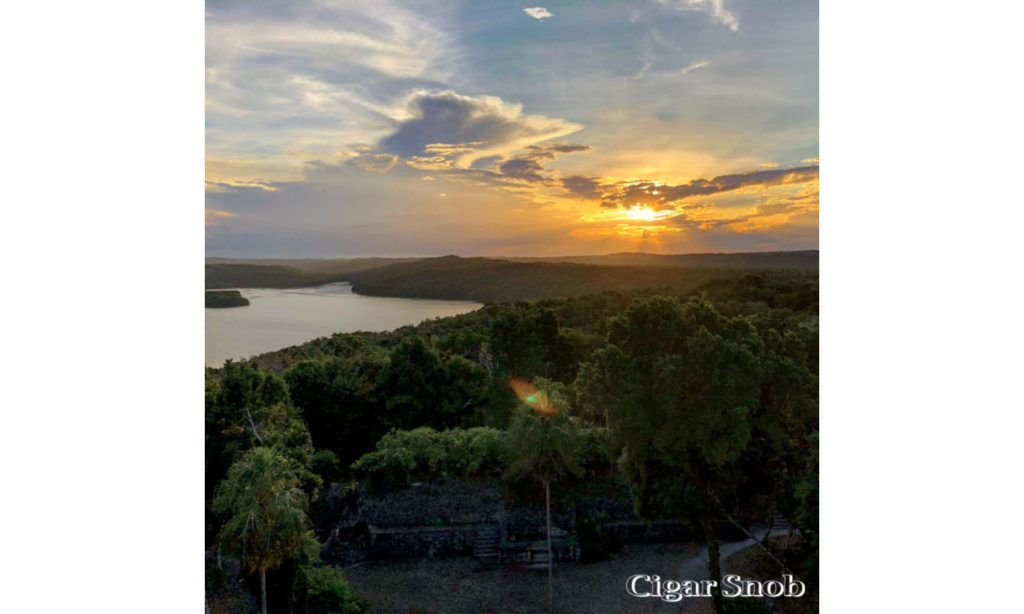
In the meantime, we returned to Las Lagunas Boutique Hotel (laslagunashotel.com), a secluded luxury sanctuary located on the water’s edge of the Quexil Lagoon inside of a 300-acre nature preserve. Every one of Las Lagunas’ 19 bungalow suites is either over water or just steps off of it. I stayed in a waterfront master suite equipped with an incredible cascade shower, luxurious furnishings, and a deck with a view of the lagoon’s famous Monkey Island (more on this later). First, it was time to eat!
When you book a room in a secluded hotel surrounded by wilderness in rural Central America, you expect a certain level of simplicity from the cuisine, and that would be par for the course. That’s not at all what happened here; the hotel’s Shultún restaurant — run by Executive Chef Michael Muller — serves up a diverse menu of Guatemalan and international cuisine using fresh, local ingredients. The highlights for me were the variety of dishes incorporating native “white fish” from the Quexil Lagoon, caught just steps from the restaurant. The flavor and texture of this lean, flaky, freshwater fish was always delicate and clean, acting as a perfect canvas for the chef’s creativity. After dinner, the staff brought us proper cigar ashtrays and a bottle of Zacapa XO for the nightcap.
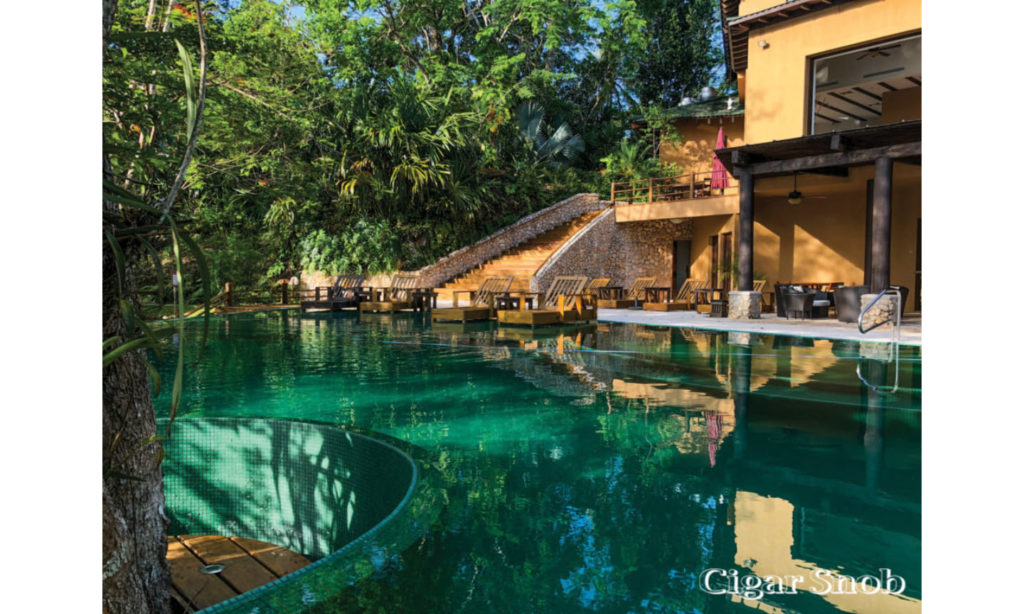
After a restful night under the lullaby of jungle sounds, I woke up refreshed and went for a morning swim in the hotel’s stunning pool, which also overlooks the lake and was built around a massive Caribbean Ipe tree. As the story goes, when the land was being cleared to build the pool, the owner didn’t have the heart to cut down such a majestic tree, so he had them build around it at a significantly higher expense. I could have relaxed there all day watching the sun come up over the lake, but I toweled off and went up to the main dining area to have breakfast. I was amazed at how after just one full day, the staff already knew every guest in my group by name and had made note of everyone’s food preferences and allergies.
We followed this up with a quick boat ride to Monkey Island, where we met and fed the colony of rescued spider monkeys that inhabit the islet. The staff at Las Lagunas rides out to the island every morning with fruits and vegetables for the monkeys and they invite hotel guests to come along for the ride. Cindy, the friendliest (or most daring) of the monkeys, came on board the boat and posed for pictures with the group in exchange for first dibs on the grub. She literally looked through the bucket and selected the choice fruits; much like my kids back home, she ignored the carrots. The rest of the monkeys on the island deftly swung from limb to limb catching and eating everything we threw at them, except the carrots.
Once back on land we hit the road again, this time en route to Tikal (tikalnationalpark.com), the beating heart of the Mayan world in Guatemala. It is one of only a few UNESCO World Heritage sites ever to be inscribed as such for both its biodiversity as well as its man-made wonder. It was one of the largest cities of the Mayan civilization and is said to contain a few thousand structures, although only a fraction have been excavated. The structures that are exposed give us a glimpse into a city that thrived for nearly 1,000 years before its precipitous collapse in the 10th century. The place is so mesmerizing and otherworldly that it appears as the rebel base on Yavin 4 in Star Wars: Episode IV A New Hope and in the newer Rogue One: A Star Wars Story. Whatever your motivation may be to get to Tikal — be it walking in the steps of a Mayan king from 600 BC or pretending to be a rebel fighter watching the Millennium Falcon land on Yavin 4 — plan to spend an entire day exploring and bring plenty of water.
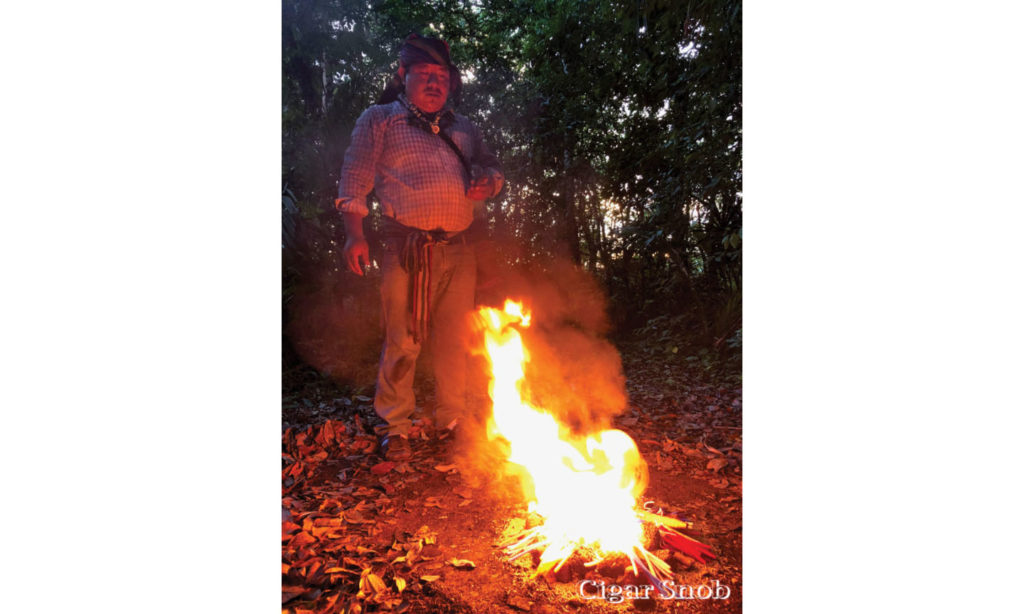
Back at Las Lagunas Boutique Hotel, we met up with the Mayan shaman and walked into the jungle to experience the tobacco connection I’d been searching for. He meticulously laid out an array of colored candles, frankincense, herbs and other offerings around a circular altar he made of different types of stones. Most of the items around the fire would be the offerings that we would each submit to the fire when instructed to do so. After an overview of the ritual basics and protocol, he began chanting a Mayan prayer and started the fire. The sun was dropping fast and we were soon standing in a pitch-black jungle with the fire, which seemed to pick up steam at sundown, as our only source of light. The blaze danced in ways that seemed counter to the breeze that was running through the clearing, and the shaman began to speak to each person individually while observing the fire. We lit our cigars when instructed to do so and watched the fire continue to dance. He observed the way each cigar was burning and prayed accordingly. We listened to the shaman’s chants, submitted our offerings to the fire, accepted his blessings, and let ourselves get lost in the moment. It was an enlightening experience that in a mystical and serendipitous way managed to give me exactly what I was looking for.
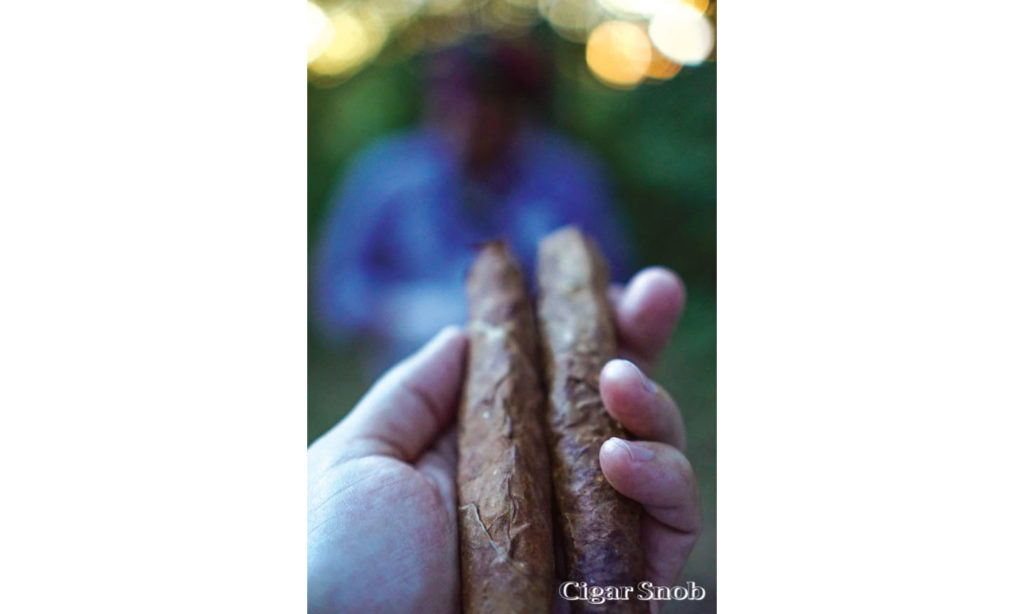
Ancient Mayan civilization is a fascinating piece of human history with layers upon layers to explore and there is perhaps no better place to start that exploration than in Petén, Guatemala. Las Lagunas Boutique Hotel was more than the base camp for my journey; the staff at the hotel took care of curating and coordinating every excursion, guided tour, and adventure.
Travel Note: To get to Las Lagunas Boutique Hotel you must take a fifty-minute flight from Guatemala City to Mundo Maya International Airport in Flores. From there, a fifteen-minute drive will get you to the property.

